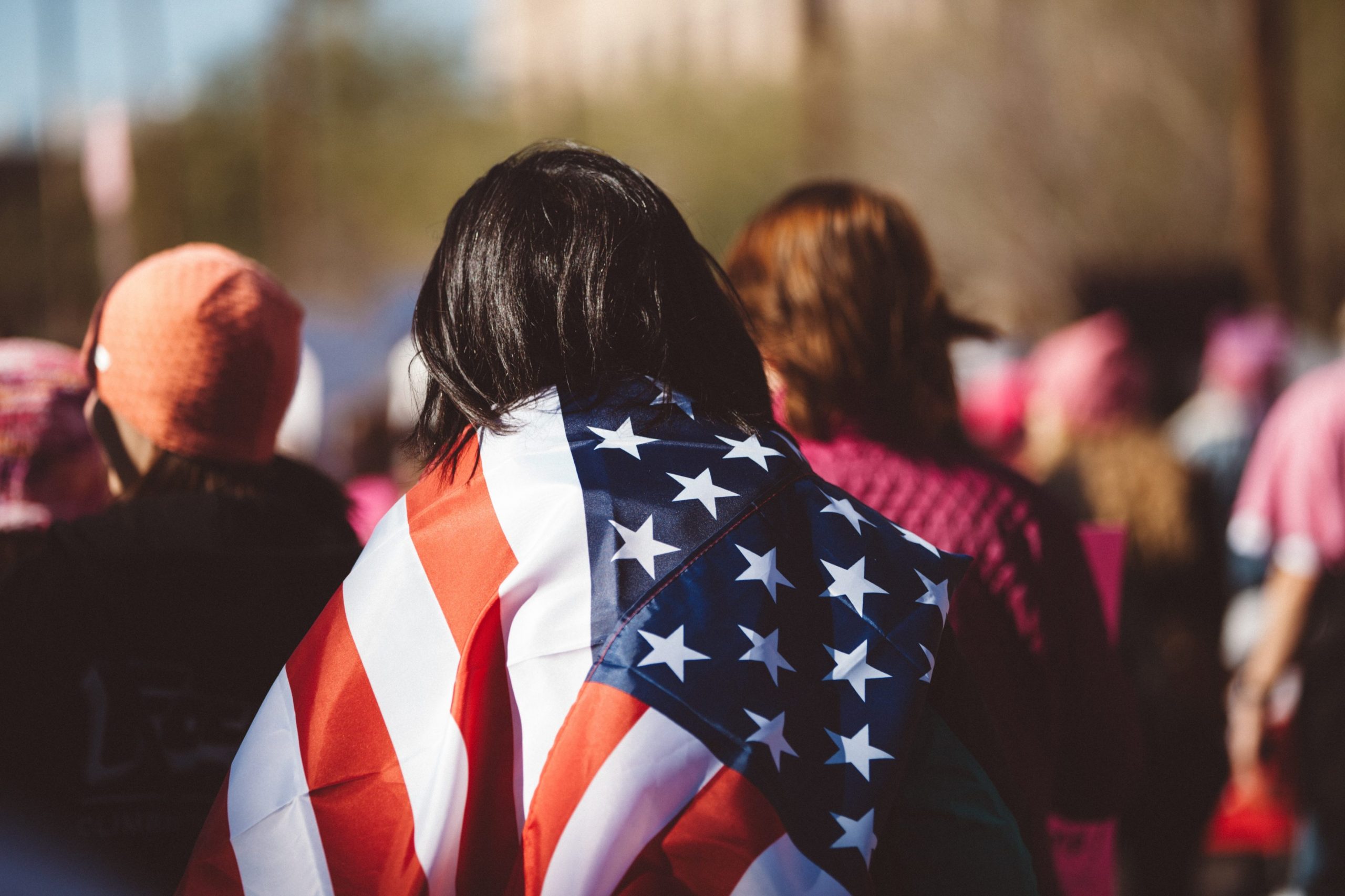
First, we were taught to call this country a melting pot. Then, we were taught there’s only so many kinds of ingredients we should want melted in there together. But that’s not how a melting pot works.
The idea of who an American is today has been in question long before the 2016 election, but that outcome highlighted the sentiment that many kept hidden, a sentiment that close to half a century ago led to one of the largest genocides in history. The idea that a true citizen of a nation should look a very certain way… and by certain way, I mean white.
Last week, Gwinnett County families woke up to flyers in their driveways urging them to “Keep America American,” and report unauthorized immigrants. Statements which confused me because, last I knew, the most American thing of all is the acceptance of immigrants and refugees in need, those fleeing chaos and persecution.
After all, that’s how America was created in the first place.
Accompanying the flyers were racist graffiti messages targeting black people. It’s not clear whether those messages were by the same group who left the flyers, which The Atlanta Journal-Constitution identified as the Texas-based Patriot Front, a white supremacist network working to maintain America’s “European identity.”
It seems like they’re not the only ones concerned of an “outside identity” taking over.
On April 21, the National Socialist Movement will be holding a rally from 3:00 to 5:00 p.m. in Greenville Street Park, in Newnan, Georgia.
Newnan Police Chief Douglas “Buster” Meadows told The Newnan Times-Herald anyone who wishes to attend the rally can expect to hear “abusive language aimed towards different ethnic groups and races.” But the city said they could not refuse the neo-Nazi group from a permit and cannot shut the event down unless they seem to pose a danger to the public or violate the space restrictions.
So what are these groups calling for? What does an America that’s “American” look like?
BY THE NUMBERS
Omar Skandari, a member of the Muslim Student Association (MSA), born and raised in Atlanta but originally from Afghanistan, said there’s one standard in the definition of “American.”
“Being American stands for chasing the American dream,” he said. “Diversity has helped the country grow, not just on an economic level, but to see where the country has gone from its start to today is ridiculous.”
And it’s true, immigrants in the country have not only added to its diversity, but its economic output as well—and no, not by taking Americans’ jobs.
Daniel Costa, director of immigration law and policy research at the Economic Policy Institute, told ABC News there would be a tremendously negative impact on the economy if the country lost its immigrants. He said immigrants are overrepresented in both low and high-skilled jobs, ranging from construction to finance and IT.
According to the Partnership for a New American Economy, immigrants contributed close to $224 billion in federal taxes in 2014 and had over $927 billion in consumer spending power.
The state of Georgia recently ranked 20th in the nation when it comes to the impact of immigration and 16th when it came to overall economic impact.
According to that same report, more than 1 in 5 of the state’s active physicians graduated from an international medical school, and 1 in 5 workers in the STEM departments are foreign-born. And they also provide relief on the already tight labor market and employers that are complaining of having trouble finding the workers they need, according to The Atlanta Journal-Constitution.
Georgia State sociology professor Katie Acosta also told the AJC that further restricting immigration can have a lasting impact and implications for our communities.
And here’s a better perspective: the population of Atlanta is roughly 472,522 according to the U.S. Census Bureau. About 255,689 are African-American, 18,720 are Latino or Hispanic and 141,429 are white.
AN AMERICAN
So not only do recent and older immigrants play a crucial part in our economy, they’re also irreplaceable factors in today’s American community. It is the different traditions, religions, cultures and beliefs living side by side that have made this country the “land of the free.”
“Today’s America is a melting pot of different races and cultures,” Skandari said. “Look at Georgia State. It’s a small representation of our state, and you see all walks of life with every step.”
So the right answer doesn’t exist. An American is anyone who who has found refuge in the place that has time and time again been home to the persecuted, and continues to thrive due to its rich points of view and opportunity pool. It’s what makes it so great, and perhaps stacking up population numbers isn’t the point.
The point is to move past a paleolithic state of mind, and understand that being an American has nothing to do with looks, race and background. But that brings a new point. What drives these young minds towards such a hateful path, turning against minorities and other races?
I find former neo-Nazi Christian Picciolini’s approach most satisfying. In an interview with The Chronicle, he said, reflecting back on his own experience with extremism, that many of these young people evolve into extremists from, ironically, feeling marginalized.
“They feel bullied,” he said. “They feel like something’s been taken away from them, and then they go and search for what they are unable to find anywhere else, which are identity, community and purpose, which everybody is looking for.”
And the antidote?
“We need to stop failing our youth,” he said. “We just have to give them more opportunities. We need to make college more affordable. We need job opportunities in our most vulnerable and marginalized communities.”
So there, even the hateful need some love and compassion.
